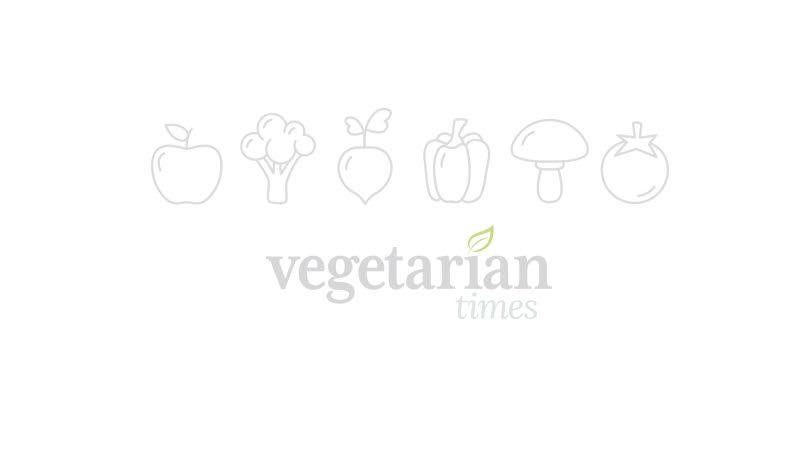Farm Tour Diaries: Can you feel the pulse?

Courtesy The Saskatchewan Pulse Growers
It doesnt get much better for a legume-loving veggie like me than going from field to plate with pulses, a branch of the legume family that includes beans, chickpeas, lentils, and peas. I happily signed up for this summers media tour sponsored by Pulse Canada and the Saskatchewan Pulse Growers.
For me, the high point was getting to taste the tender green seed fresh from the pod of a lentil plant under a sunny expanse of prairie sky. I couldnt help but feel the connection to the soil where my feet were planted, soil thats as much a living thing as any of us. Farmer John Bennett, our guide on the field part of the tour, understands that about soil. Soil health is fundamental to his commitment to sustainable farming.
As Bennett explained, pulses are a wonderfully sustainable crop. For one thing, theyre able to capture nitrogen directly from the atmosphere. Ditching commercial nitrogen fertilizers helps reduce greenhouse gas emissions, since producing commercial nitrogen requires fossil fuels. Also, any excess commercial nitrogen fertilizer seeps into groundwater and riverscontaminating water supplies and causing dead zones in our oceanswhile pulse crops create only the amount of nitrogen they need.
Its no surprise to us veg heads that pulses can help meet peoples protein requirements without the alarmingly large eco-footprint of animal products. The big winner here is the fava bean, or as its know in Western Canada, faba bean, which boasts about 30 percent protein.
The sole vegetarian among the journalists and recipe developers on the tour, I didnt need convincing that pulses are yummy. And it didnt take all that many servings of hummusnot to mention muffins baked with lentil puree (replacing saturated-fat-laden butter or worse, lard)to convince the others.
But the sad fact is that most of Canadas pulse crop is sent overseas, especially to India, where lentils and chickpeas are traditionally appreciated as food sources. We veggies in the U.S. and Canada have a lot of cooking to do to help America catch up. (Trying the bounty of bean, pea, chickpea, and lentil recipes on this Web site is a start.)
To learn more about pulses, including how nutritious and versatile they are, visit pulsecanda.com and saskpulse.com.